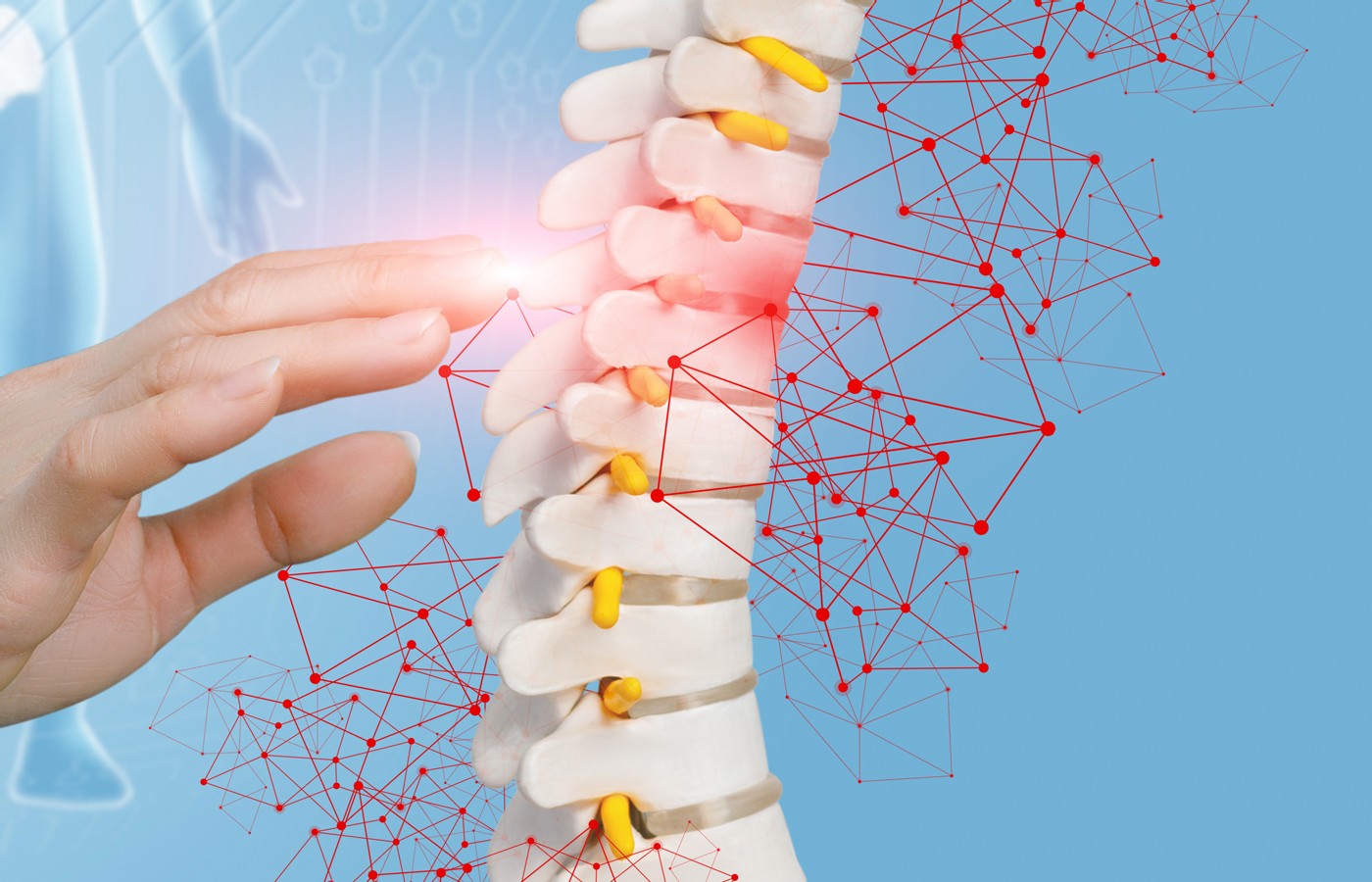It is estimated that 61% of patients with CTS avoid taking surgical options due to postoperative complications and costly surgical procedures. Chiropractic care offers a comprehensive and effective treatment for carpal tunnel syndrome, addressing the condition from multiple angles. Recent studies also have unveiled a game-changing adjunct to chiropractic treatments for CTS: nerve flossing.
Spine Pain and Chronic Conditions
- An important new study looks at the relationship between spine pain and several chronic health conditions.
- The authors focused on four chronic conditions: cardiovascular disease, hypertension, diabetes and obesity.
- "These findings provide evidence to support research on the prevention and treatment of non-musculoskeletal conditions with approaches of spinal pain management.”
A new study published in the International Journal of Environmental Research and Public Health looks at the relationship between spine pain and several chronic health conditions.1 This paper is the second in a group of studies funded by grants from the NCMIC Foundation, the first of which recognized the bidirectional comorbid association between back pain and major depression.2-3
Other studies have reported on the relationship between spine pain and several chronic health conditions.4-7 One found a significant association between spine pain and diabetes, cardiovascular disease, pulmonary disease, overweight and obesity in older women.8
The new study is an analysis of 2016-2018 National Health Interview Survey (NHIS) data. The authors focused on four chronic conditions: cardiovascular, hypertension, diabetes and obesity. They also looked at other health behaviors and conditions that may be associated with spine pain.
All four of the chronic health conditions showed significantly increased prevalence of spinal pain including cardiovascular conditions (58% increased prevalence odds), hypertension (40% increase), obesity (34% increase) and diabetes (25% increase). In addition, other factors increased the prevalence of spine pain: functional disability (324-331% increased prevalence odds), sleep problems (180-184% increase), cognitive impairment (90-100% increase), mental health conditions (68-80% increase), tobacco use (45-50% increase) and insufficient activity (17-20% increase).
The authors estimate the three-month prevalence of spinal pain at 12.3%, which is higher than previously reported. This works out to almost 32 million U.S. adults with neck or back pain in a given three-month period.
The authors conclude that “these findings provide evidence to support research on the prevention and treatment of non-musculoskeletal conditions with approaches of spinal pain management.” This is yet another indication that elimination of spine pain through chiropractic care should be a component of care for various chronic health conditions.
References
- de Luca K, Tavares P, Yang H, et al. Spinal pain, chronic health conditions and health behaviors: data from the 2016–2018 National Health Interview Survey. Int J Environ Res Public Health, 2023;20:5369.
- Connecting the Dots to Chiropractic: Back Pain = Depression, Depression = Back Pain.” Dynamic Chiropractic, June 2023.
- Yang H, Hurwitz EL, Li J, et al. Bidirectional comorbid associations between back pain and major depression in US adults. Int J Environ Res Pub Health, 2023; 0(5):4217.
- Oliveira CB, Maher CG, Franco MR, et al. Co-occurrence of chronic musculoskeletal pain and cardiovascular diseases: a systematic review with meta-analysis. Pain Med, 2020;21:1106-1121.
- Samartzis D, Bow C, Karppinen J, et al. Hypertension is independently associated with lumbar disc degeneration: a large-scale population-based study. Glob Spine J, 2014 May;4(1 Suppl).
- Pozzobon D, Ferreira PH, Dario AB, et al. Is there an association between diabetes and neck and back pain? A systematic review with meta-analyses. PLoS ONE, 2019;14:e0212030.
- Zhang TT, Liu Z, Liu YL, et al. Obesity as a risk factor for low back pain: a meta-analysis. Clin Spine Surg, 2018;31:22-27.
- de Luca KE, Parkinson L, Haldeman S, et al. The relationship between spinal Pain and comorbidity: a cross-sectional analysis of 579 community-dwelling, older Australian women. J Manip Physiol Ther, 2017;40:459-466.



